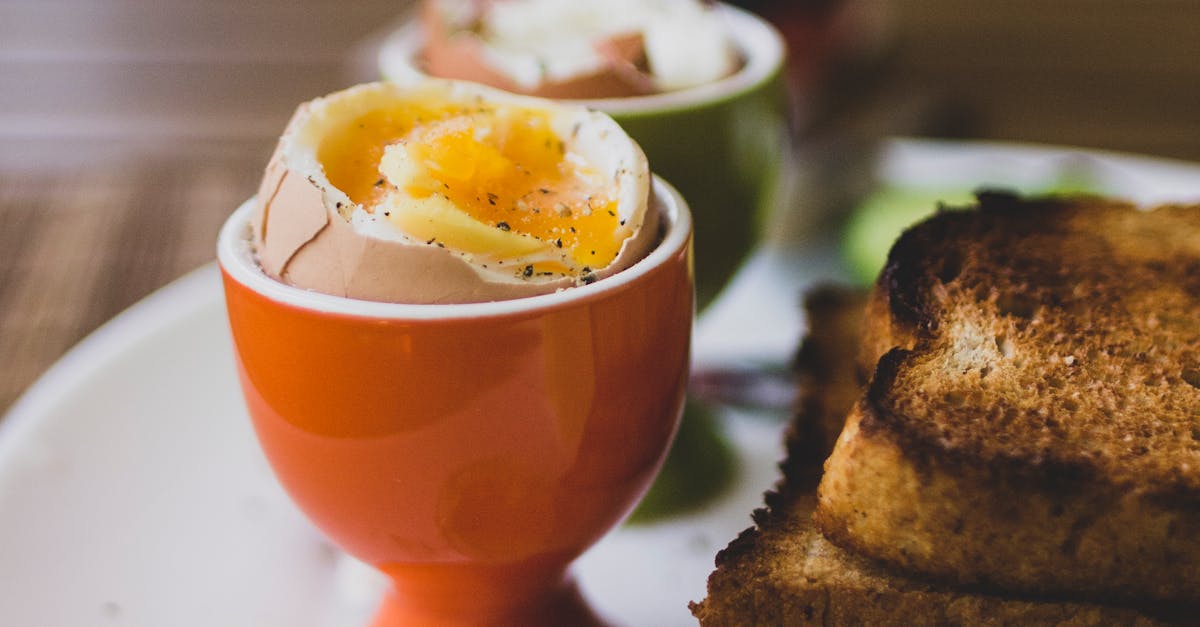Eggcellent Cooking: Perfecting The Boiling Process For Eggs

Introduction
Cooking the perfect boiled egg may seem like a simple task, but achieving that ideal balance of a firm white and a creamy yolk can sometimes be a challenge. In this article, we will delve into the art of boiling eggs to perfection. From selecting the right eggs to mastering the boiling process, we will cover all the essential tips and tricks to help you become an eggcellent cook.
Selecting The Eggs
Before you begin boiling your eggs, it is important to start with the right ingredients. Fresh eggs are key to achieving the best results, as older eggs tend to be easier to peel after boiling. Additionally, room temperature eggs are preferred over cold ones, as they are less likely to crack when placed in hot water.
The Boiling Process
To start, place your eggs in a single layer at the bottom of a saucepan. Cover them with cold water, ensuring that there is at least an inch of water above the eggs. Add a pinch of salt to the water, which can help prevent the eggs from cracking and make them easier to peel later.
Next, place the saucepan over high heat and bring the water to a rolling boil. Once the water is boiling, turn off the heat and cover the saucepan with a lid. Let the eggs sit in the hot water for the desired cooking time, depending on how you like your eggs.
For soft-boiled eggs, let them sit for about 4-6 minutes. For medium-boiled eggs, aim for 7-9 minutes. And for hard-boiled eggs, let them cook for 10-12 minutes. Remember that the cooking time can vary slightly depending on the size of the eggs and the desired consistency of the yolk.
Cooling And Peeling
Once the eggs have finished cooking, remove them from the saucepan and place them in a bowl of ice water. Allowing the eggs to cool rapidly will help prevent the yolks from turning green and ensure that they are easy to peel.
To peel the eggs, gently tap them on a hard surface to crack the shell, then roll them between your hands to loosen it. Start peeling at the wider end of the egg, where the air pocket is located, as this is usually the easiest spot to begin. Rinse the peeled eggs under cold water to remove any remaining bits of shell.
Conclusion
By following these simple steps and paying attention to the details, you can master the art of boiling eggs and impress your friends and family with perfectly cooked eggs every time. Whether you enjoy them soft-boiled with toast soldiers, medium-boiled in a salad, or hard-boiled as a snack, you can now confidently add boiled eggs to your cooking repertoire.